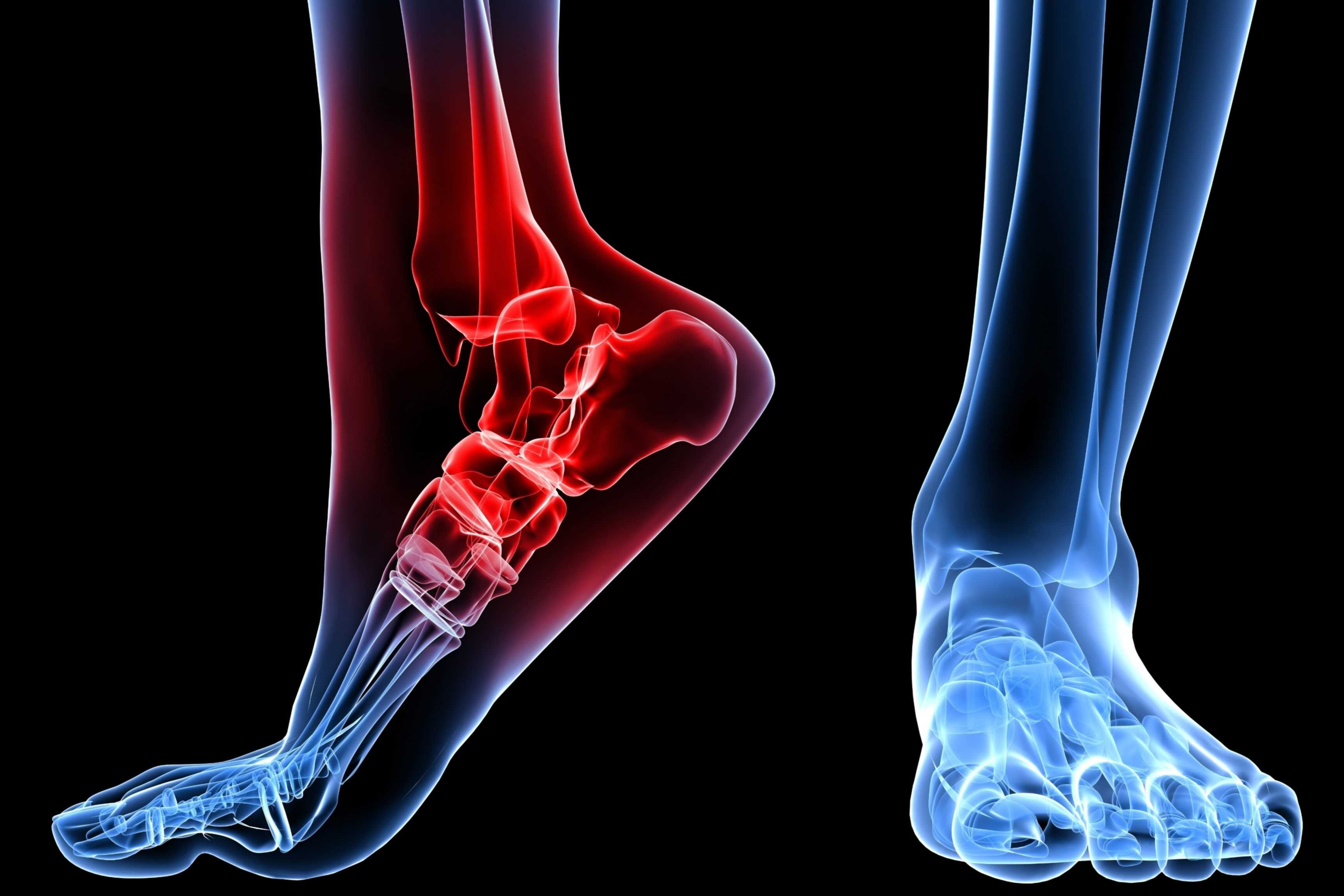
Bart–Pumphrey Syndrome is a rare genetic disorder that affects the skin, nails, and hearing. Named after the doctors who first described it, this condition is inherited in an autosomal dominant manner, meaning just one copy of the altered gene can cause the disorder. Symptoms often include thickened skin on the palms and soles, nail abnormalities, and hearing loss. While it might sound intimidating, understanding the basics can help manage the condition better. This blog post will delve into 22 intriguing facts about Bart–Pumphrey Syndrome, shedding light on its causes, symptoms, and management strategies. Ready to learn more? Let's dive in!
Key Takeaways:
- Bart–Pumphrey Syndrome is a rare genetic disorder affecting skin, nails, and hearing. It requires early diagnosis and regular monitoring for effective management.
- Living with Bart–Pumphrey Syndrome involves using adaptive devices, maintaining a healthy lifestyle, and seeking support from support groups and healthcare professionals.
What is Bart–Pumphrey Syndrome?
Bart–Pumphrey Syndrome (BPS) is a rare genetic disorder that affects the skin, nails, and hearing. Named after the doctors who first described it, this condition can impact daily life in various ways. Let's explore some fascinating facts about BPS.
-
Genetic Origin: BPS is caused by mutations in the GJB2 gene, which encodes a protein called connexin 26. This protein is crucial for cell communication in the skin and inner ear.
-
Autosomal Dominant Inheritance: The syndrome follows an autosomal dominant pattern, meaning a single copy of the mutated gene from one parent can cause the disorder.
-
Skin Abnormalities: People with BPS often have thickened skin on their palms and soles, a condition known as palmoplantar keratoderma.
-
Nail Changes: Affected individuals may have distinctive nail abnormalities, including thickened, ridged, or discolored nails.
-
Hearing Loss: BPS can lead to sensorineural hearing loss, which is caused by damage to the inner ear or the nerve pathways from the ear to the brain.
Symptoms and Diagnosis
Understanding the symptoms and how BPS is diagnosed can help in managing the condition effectively.
-
White Patches on Skin: Some individuals develop leukonychia, which are white patches on the nails.
-
Knuckle Pads: Thickened pads of skin over the knuckles, known as knuckle pads, are a common feature of BPS.
-
Early Onset: Symptoms often appear in childhood, making early diagnosis crucial for management.
-
Genetic Testing: Diagnosis is confirmed through genetic testing, which identifies mutations in the GJB2 gene.
-
Audiometric Tests: Hearing tests, such as audiometry, are used to assess the extent of hearing loss.
Treatment and Management
While there is no cure for BPS, various treatments can help manage the symptoms and improve quality of life.
-
Moisturizers: Regular use of moisturizers can help manage thickened skin and prevent cracking.
-
Keratolytic Agents: These agents help to soften and remove the thickened skin on the palms and soles.
-
Hearing Aids: For those with hearing loss, hearing aids can significantly improve hearing and communication.
-
Regular Monitoring: Regular check-ups with dermatologists and audiologists are essential for managing the condition.
-
Genetic Counseling: Families affected by BPS can benefit from genetic counseling to understand the risks and implications of the disorder.
Living with Bart–Pumphrey Syndrome
Living with BPS involves adapting to the challenges it presents and finding ways to maintain a good quality of life.
-
Support Groups: Joining support groups can provide emotional support and practical advice from others who understand the condition.
-
Education and Awareness: Educating friends, family, and teachers about BPS can help create a supportive environment.
-
Adaptive Devices: Using adaptive devices, such as special shoes or gloves, can help manage skin symptoms.
-
Healthy Lifestyle: Maintaining a healthy lifestyle, including a balanced diet and regular exercise, can improve overall well-being.
-
Mental Health: Paying attention to mental health is crucial, as living with a chronic condition can be challenging.
Research and Future Directions
Ongoing research aims to better understand BPS and develop new treatments.
-
Gene Therapy: Researchers are exploring gene therapy as a potential treatment for genetic disorders like BPS.
-
Clinical Trials: Participation in clinical trials can provide access to new treatments and contribute to scientific knowledge about the condition.
Final Thoughts on Bart–Pumphrey Syndrome
Bart–Pumphrey Syndrome, though rare, offers a fascinating glimpse into the complexities of genetic disorders. This condition, marked by knuckle pads, leukonychia, palmoplantar keratoderma, and hearing loss, underscores the importance of genetic research and awareness. Understanding these symptoms can lead to better diagnosis and management, improving the quality of life for those affected.
Awareness and early intervention play crucial roles in managing this syndrome. Genetic counseling can provide valuable insights for families, helping them navigate the challenges associated with the disorder. While there's no cure, treatments focusing on symptom relief can make a significant difference.
By shedding light on Bart–Pumphrey Syndrome, we hope to foster a deeper understanding and encourage further research. Knowledge is power, and with it, we can strive for better outcomes and support for those living with this condition.
Frequently Asked Questions
Was this page helpful?
Our commitment to delivering trustworthy and engaging content is at the heart of what we do. Each fact on our site is contributed by real users like you, bringing a wealth of diverse insights and information. To ensure the highest standards of accuracy and reliability, our dedicated editors meticulously review each submission. This process guarantees that the facts we share are not only fascinating but also credible. Trust in our commitment to quality and authenticity as you explore and learn with us.
